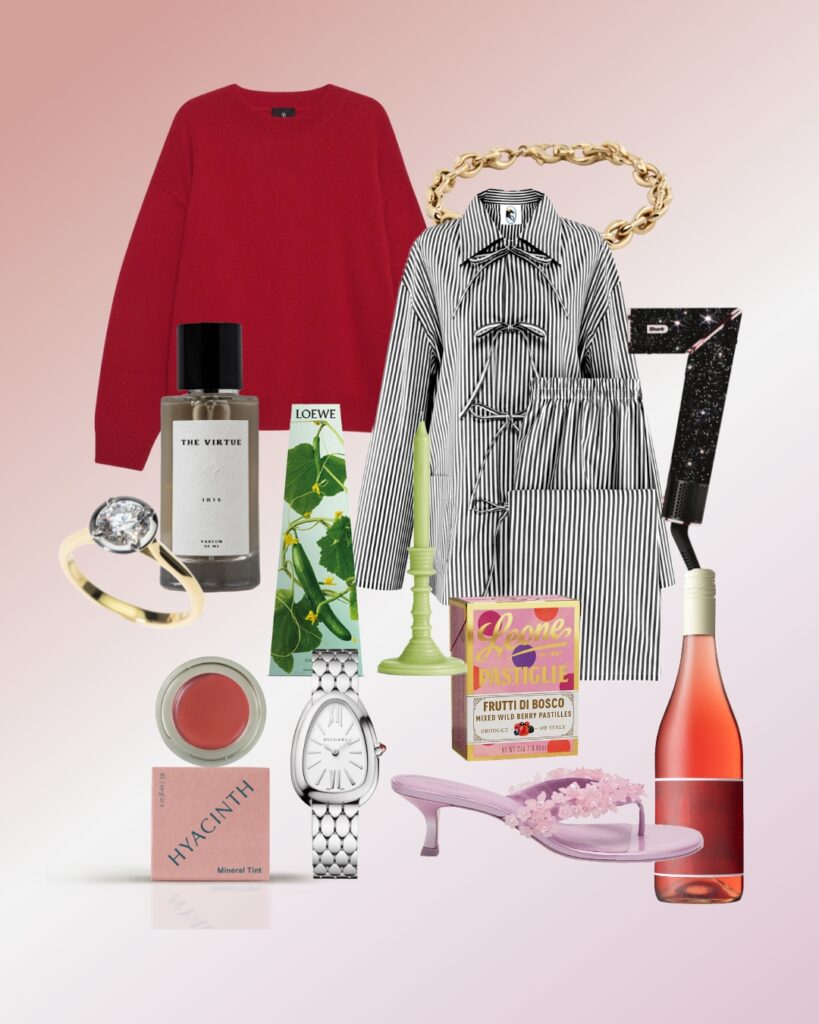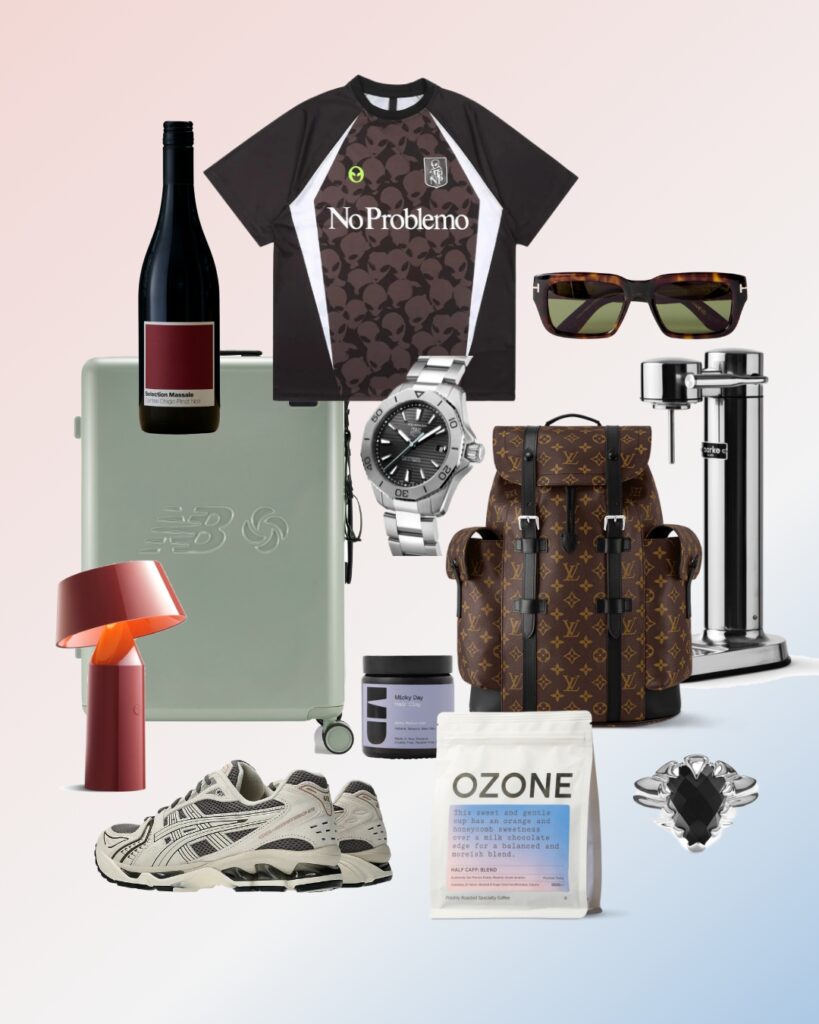
We all know too much sugar is bad news for our waistline and general health, but what about our skin?
With help from the experts at Caci, we take a close look at the sweet stuff and the effect it can have on our skin.
What is glycation and what does it have to do with sugar and your skin?
Our bodies have thousands of processes that occur naturally – glycation is one of them that happens when we eat sugar. It is the process where sugar in our bloodstream attaches to other molecules such as proteins and fats to form advanced glycation end-products. These products impact the skin in negative ways such as decreasing our collagen and elastin production which results in weaker, damaged skin. This damage can show itself as wrinkles and loss of facial volume. The glycation process can also cause other skin problems such as increased inflammation and free radical formation.
What causes glycation?
Glycation is a natural process which, to an extent, happens in our bodies all the time. However, it becomes a problem when glycation in our skin is greatly increased and this happens when we eat too much sugar. Foods to avoid to limit the glycation process include high glycaemic foods such as white rice and potatoes, along with sugary foods such as cakes, chocolate and lollies. Surprisingly, it’s not only the ‘naughty foods’ that can cause glycation. Eating too much fructose (the sugar found in fruit) is even more active in advanced glycation end-products than glucose, so stick to 2-3 pieces of fruit a day.
Can we reverse the damage of glycation?
Bad news: Once the glycation process has occurred and affected particular molecules, this damage is permanent. But there’s hope! Although existing damage cannot be reversed, there are active steps you can take to prevent future damage and maintain healthy, youthful looking skin.
- Increase your antioxidants
There are studies that show antioxidants can help decrease the harmful effects of glycation, so stock up on antioxidant high foods such as blueberries, raspberries, walnuts and ginger. - Protect your skin from the sun
Excessive UV exposure can increase the formation of advanced glycation end-products, so ensure you limit your sun exposure and ALWAYS wear a broad spectrum sunscreen, to protect against both UVA and UVB rays. - Lastly and most importantly: Reduce the sugar intake and always choose low-glycaemic foods
We know it’s hard, but try to keep sugary treats as just that – a treat (to have occasionally, not daily). To keep sugar cravings at bay, choose low-glycaemic foods to keep you full for longer such as whole grains and good fats. Some of our favourite glycation-proof snacks for when we’re wanting some sugar include almonds, avocadoes, a small trim or soy latte or oatmeal crackers.
* This article was brought to you by Caci – visit their website to find out more about skin health.










